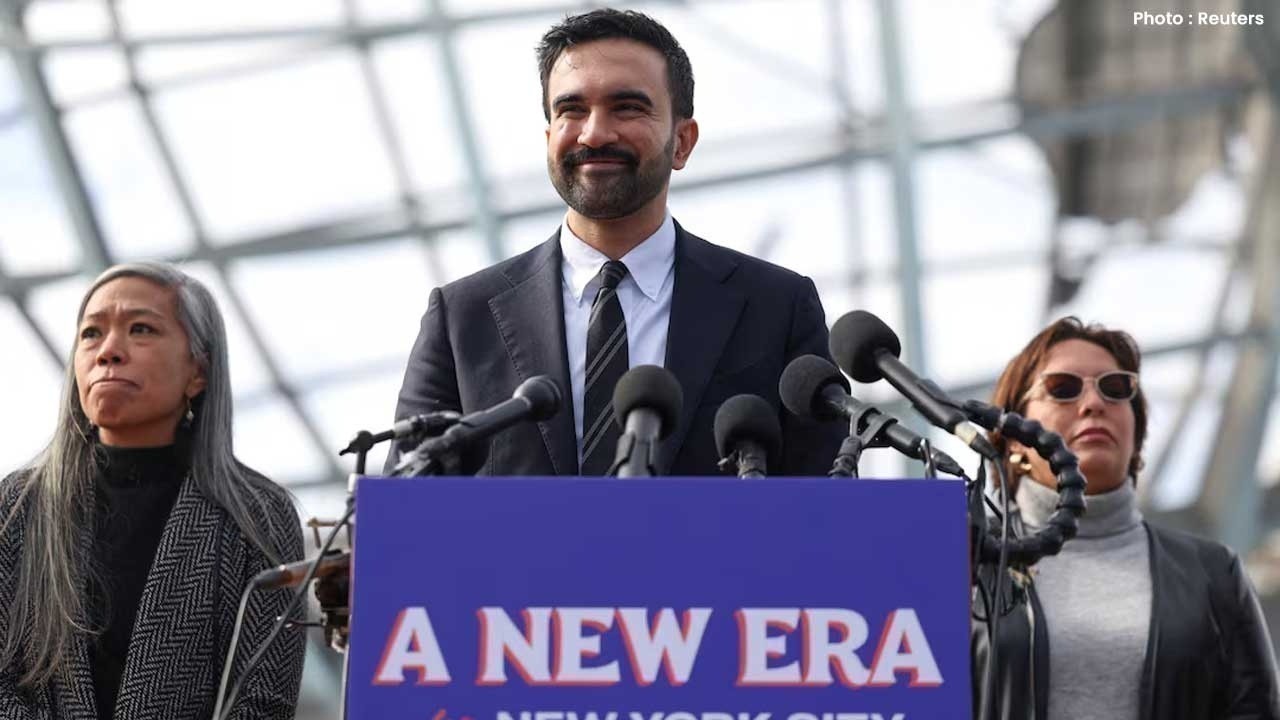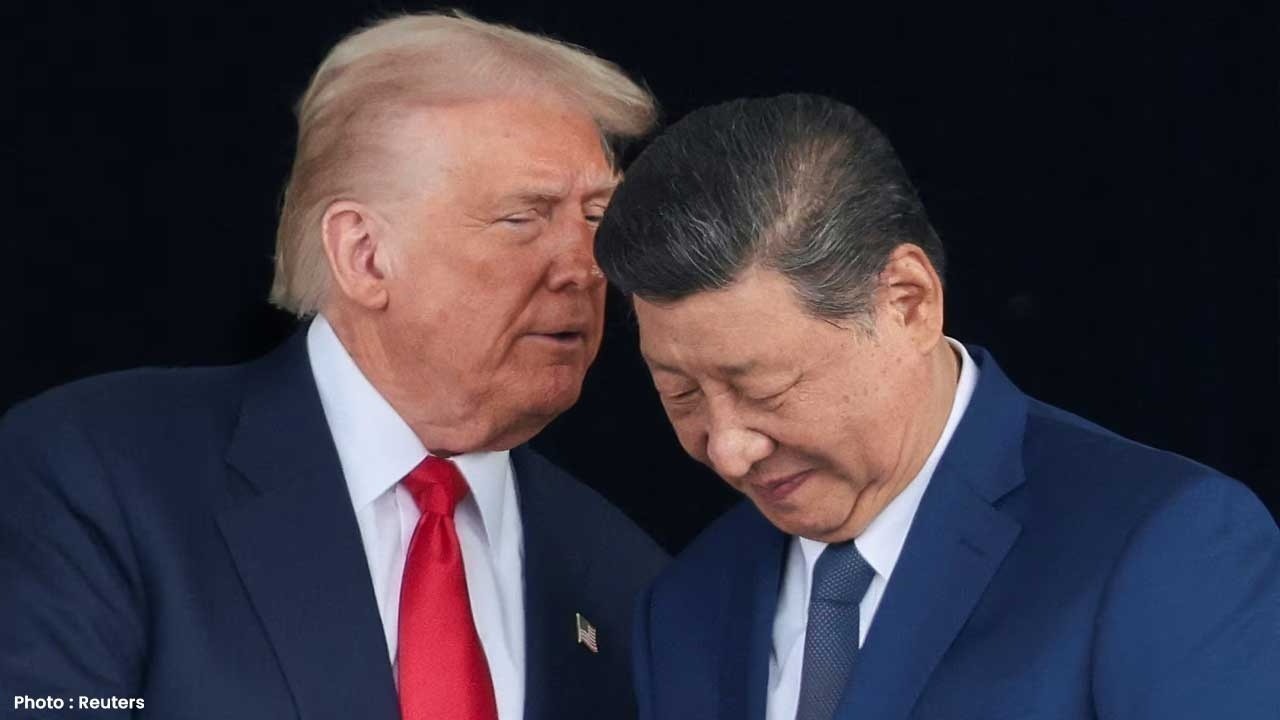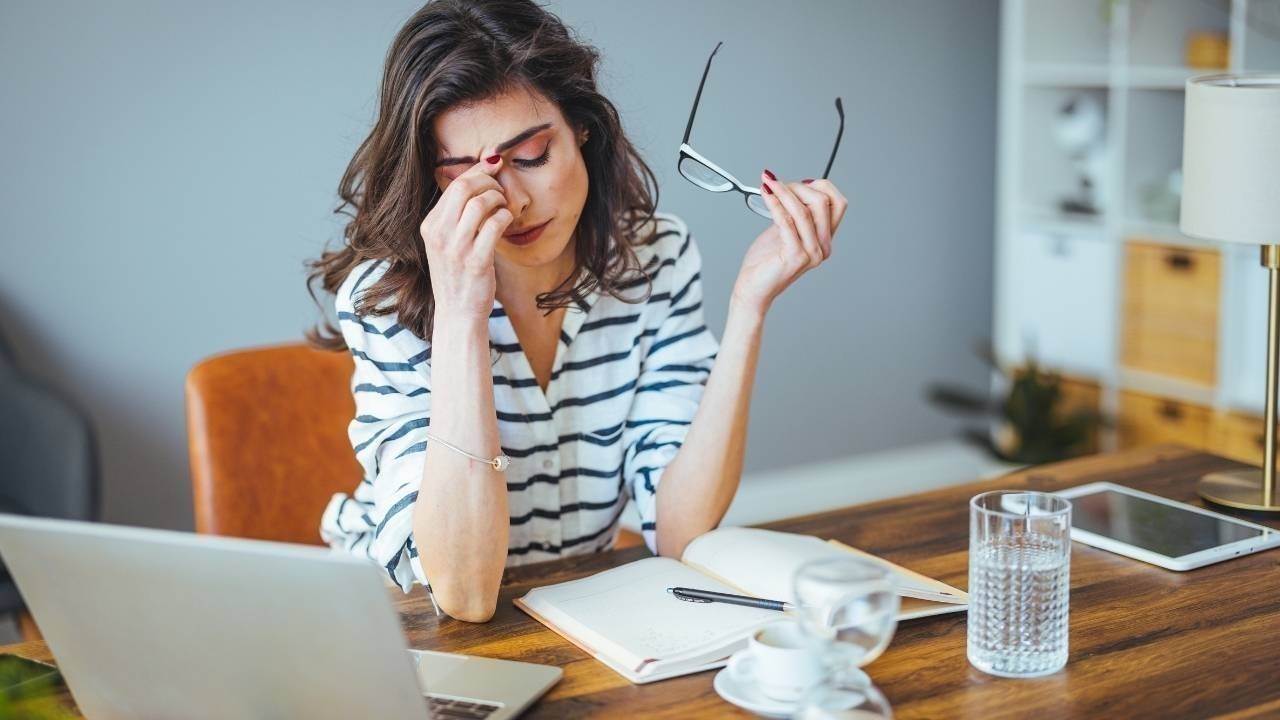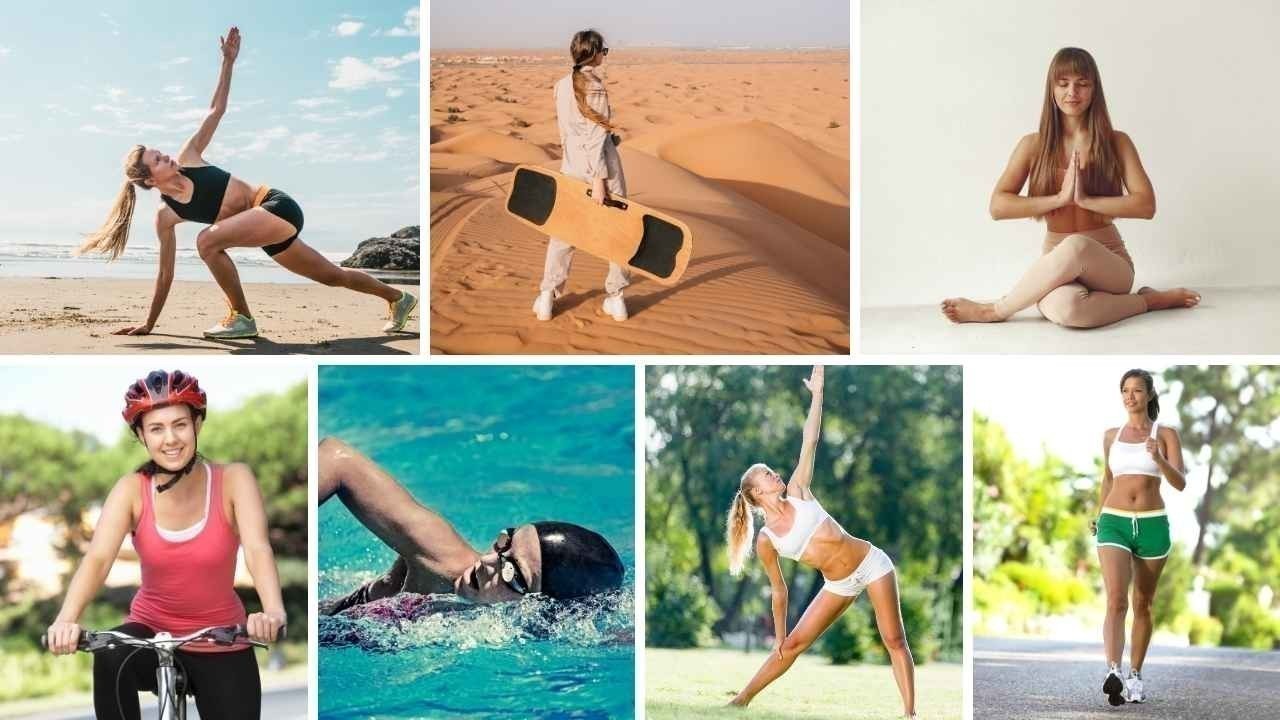
Post by : Anis Karim
Have you ever stepped into an elevator and found yourself instinctively glancing at the mirror on the wall? Maybe you fixed your collar, adjusted your hair, or just stared at yourself until the doors opened. But have you ever stopped to wonder why mirrors are even there in the first place?
It turns out, the presence of mirrors inside elevators has nothing to do with vanity. The reflective surfaces have been deliberately included in elevator design for decades, and their inclusion has far more to do with psychology, perception, and even accessibility than personal grooming. The answer reveals how subtle design choices can significantly impact human behavior and comfort.
In the early 20th century, elevators were becoming more common in urban architecture, especially in commercial and residential buildings that stretched above ten floors. As elevators became enclosed boxes powered by pulleys and hydraulics, passengers began reporting a peculiar discomfort: a feeling of claustrophobia.
Claustrophobia, the fear of being in confined spaces, was a common psychological reaction in the early elevator era. People weren’t used to being confined in small, windowless metal enclosures, moving vertically without any view of the outside world. The experience, even if short, could trigger anxiety, discomfort, and even panic.
Rather than redesign elevators—which would have been an expensive undertaking—architects and engineers came up with an elegant workaround: install mirrors.
The effect was immediate. The mirrored walls created the illusion of more space. Passengers felt less trapped, as the reflection gave a psychological sense of openness. By offering a visual distraction, the mirrors helped alleviate feelings of being boxed in. It was a remarkably simple yet effective way to manipulate spatial perception and make enclosed spaces feel larger.
Another underlying principle at play is the concept of mental distraction. Human anxiety often escalates when we’re forced to sit still in anticipation—like during takeoff on an airplane, waiting for an elevator to reach the desired floor can feel like an eternity, especially if the space is silent and windowless.
Mirrors provide a diversion. People tend to look at themselves, consciously or unconsciously, when a mirror is present. The act of observing one’s own reflection keeps the mind occupied. Instead of focusing on the awkward silence, confined space, or slow-moving numbers above the door, attention is redirected to oneself—clothing, posture, facial expressions, even grooming. This distraction lowers anxiety, shortens the perceived wait time, and makes the ride more tolerable.
It’s a subtle psychological trick that works so well, we barely notice it.
Mirrors also serve a social function. In crowded elevators, being physically close to strangers can be uncomfortable. You’re often forced into intimate proximity with people you don’t know. Eye contact feels invasive, conversation is awkward, and everyone’s trying not to look at anyone.
Mirrors offer an escape route for the eyes.
Rather than staring at the floor or awkwardly glancing sideways, people can look into the mirror. This gaze isn’t confrontational—it's redirected. You can observe your surroundings without directly staring at someone. You can even use the mirror to subtly check who’s behind you or whether someone has pressed the right button.
This alleviates social tension and offers a passive, non-invasive way to navigate shared space. For introverts and socially anxious individuals, it’s a quiet comfort during a brief and sometimes uncomfortable encounter.
Beyond psychological comfort, mirrors in elevators serve practical accessibility functions, especially for the elderly and visually impaired. Wheelchair users or those with limited mobility benefit from mirrors when navigating tight spaces. If the elevator buttons are placed on one side, but the person is facing another way, they can use the mirror to orient themselves and maneuver their wheelchair without needing to turn fully.
Similarly, mirrors assist those with hearing or sight impairments in detecting movement. For example, someone who is hard of hearing can use the reflection to see if others are entering or exiting, helping them interpret social cues without relying solely on sound.
Mirrors also help users align themselves properly to face the elevator doors when they open, reducing the need for last-minute adjustments. These subtle enhancements make elevator rides more inclusive and user-friendly for all passengers.
In design terms, mirrors are a classic tool to make small spaces look bigger. Interior designers and architects use them in homes, restaurants, hallways, and—you guessed it—elevators. This tactic is especially valuable in older buildings or low-ceilinged elevators, where the enclosed structure can feel particularly cramped.
The reflective surface adds brightness, reflects light (natural or artificial), and makes the space feel more expansive. It’s the same reason hotels often place mirrors opposite windows—to simulate openness.
In some high-rise buildings, the mirror even becomes a design feature, with etched patterns, backlit LEDs, or chrome finishes that align with the aesthetic of the building’s interiors. Over time, the presence of mirrors in elevators became not just functional but stylishly expected.
Interestingly, the presence of a mirror makes people more aware of their own behavior. Studies in behavioral psychology show that people act more conscientiously when they can see themselves. Mirrors act as a subtle behavioral checkpoint—people tend to stand straighter, adjust their expressions, even behave more politely when confronted with their reflection.
In a public elevator, this self-monitoring effect can reduce instances of rowdy behavior, vandalism, or loitering. Mirrors can be non-verbal enforcers of social norms. By making people see themselves, designers encourage better behavior without needing rules, signs, or supervision.
In some cities, mirrors have even been used as a theft deterrent in public elevators. When people see themselves reflected, it creates a psychological deterrent to misbehavior, even in the absence of surveillance cameras.
Around the world, the interpretation of mirrors varies culturally. In some traditions, mirrors are seen as gateways between worlds; in others, they’re tools for introspection or self-awareness. Their use in elevators can reflect cultural priorities.
For example, in East Asian cultures, particularly Japan, elevators are sometimes equipped with polished, minimalistic mirrors to allow commuters to check their appearance. In high-density cities, where grooming space is limited, the elevator becomes a personal moment for quick touch-ups.
Meanwhile, in Western countries, especially older commercial buildings, mirrors are often retained out of habit and user preference. Their removal often causes public discontent—even when elevators are upgraded with modern tech or digital displays.
In recent years, digital screens and smart panels have started replacing mirrors in some modern elevator designs. Touchscreens, advertisements, entertainment snippets, and floor-to-floor news updates are beginning to serve as alternative distractions.
However, the mirrors haven’t disappeared entirely. Many buildings incorporate both—a digital screen on one side and a mirror on another, recognizing that mirrors still serve a purpose beyond aesthetics.
While technology evolves, human psychology remains surprisingly consistent. We still feel calmer in reflective spaces. We still prefer to monitor our own appearance, even if we won’t admit it. We still benefit from a perceived sense of openness, even when trapped in a 6x6 steel box.
So the next time you step into an elevator and catch yourself checking your reflection, remember: you’re not just being vain. You’re participating in a century-old design choice built to soothe your anxieties, ease social discomfort, help the disabled, and make confined spaces feel just a little less tight.
That simple mirror in the corner isn’t just there to show your face—it’s there to protect your comfort, preserve your dignity, and, in some small way, make a steel cage feel human.
This article is a general editorial written for educational and informational purposes. The content reflects the observations and interpretations of public design practices and psychological trends. DXB News Network is not responsible for the implementation or design decisions of any elevator manufacturer or building authority.

Hamas Hands Over Hostage Body as Gaza Ceasefire Holds Firm
Hamas hands over hostage body as Gaza ceasefire holds. Despite fresh strikes, both sides continue ex

Zohran Mamdani New York Win Inspires Europe’s Left Revival
Zohran Mamdani’s victory as New York mayor sparks hope for Europe’s left parties, proving bold refor

Pony Ai, WeRide Shares Slide on Hong Kong Debut
Pony Ai and WeRide shares tumbled on their Hong Kong debut after raising $1.2B, reflecting investor

US Supreme Court Questions Legality of Trump Tariffs in Landmark Case
The US Supreme Court weighs the legality of Trump tariffs, a case that could reshape presidential tr

Shefali Shah admits to impostor syndrome ahead of Delhi Crime 3
Despite critical acclaim, Shefali Shah reveals she still battles impostor syndrome and fear before e

Sheikh Khalifa bin Tahnoon Attends Joyous Al Dhuhouri Wedding
Sheikh Khalifa bin Tahnoon bin Mohammed Al Nahyan graced the Al Dhuhouri wedding in Abu Dhabi, bless

Trump Praises Xi Jinping to Free Jailed Hong Kong Typhoon Jimmy Lai
Trump pressed Xi Jinping to release Hong Kong media tycoon Jimmy Lai, calling Lai’s freedom vital fo

Zohran Mamdani Victory Speech Goes Bollywood with Dhoom Machale
Zohran Mamdani wins NYC mayor race, becoming the city’s first Muslim and South Asian mayor, making h

UAE Life High Stress 3 Simple Ways Expats Can Manage Pressure
Expats in the UAE face daily pressure and burnout Learn 3 simple effective ways to manage stress fin

Smart Meal Prep in Dubai Save Money Stay Healthy
Plan smart eat fresh Discover how meal prepping in Dubai helps you save money eat healthy and enjoy

The Ultimate Guide to Dieting in Dubai Keto vs Vegan vs Mediterranean
Discover Dubai’s top diet trends Keto Vegan and Mediterranean Find which plan fits your lifestyle f

Stay Fit in Dubai 7 Fun Outdoor Workouts Without a Gym
Explore 7 fun ways to stay fit in Dubai from beach runs to desert hikes and skyline yoga No gym nee

Beyond Biryani: Mastering Portion Control in Dubai’s Melting Pot of Cuisines
Discover how to enjoy Dubai’s diverse cuisines wisely Learn simple portion control tips to stay heal

Fabien Marchand — The Infinite Brushstroke of Freedom
French artist Fabien Marchand explores freedom, color, and emotion through his evolving art — bridgi

Dubai’s Healthy Food Revolution 5 Global Wellness Trends Transforming the City
Discover how Dubai is embracing a global wellness wave with plant based diets organic food and smart